Grow Bigger Better Tomatoes With The Right Companion Plants
Grow Bigger Better Tomatoes with the Right Companion Plants
Growing tomatoes is a rewarding experience, but it can also be challenging. One way to improve your chances of success is to plant companion plants. Companion planting is the practice of planting different types of plants together to benefit each other. There are many different companion plants that can be beneficial for tomatoes, but some of the best include:
- Basil: Basil is a classic companion plant for tomatoes. It helps to repel pests, such as aphids and tomato hornworms, and it also enhances the flavor of tomatoes.
- Marigolds: Marigolds are another great companion plant for tomatoes. They help to repel nematodes, which are root-knot pests that can damage tomato plants.

- Chives: Chives help to repel pests, such as spider mites and whiteflies. They also improve the flavor of tomatoes.
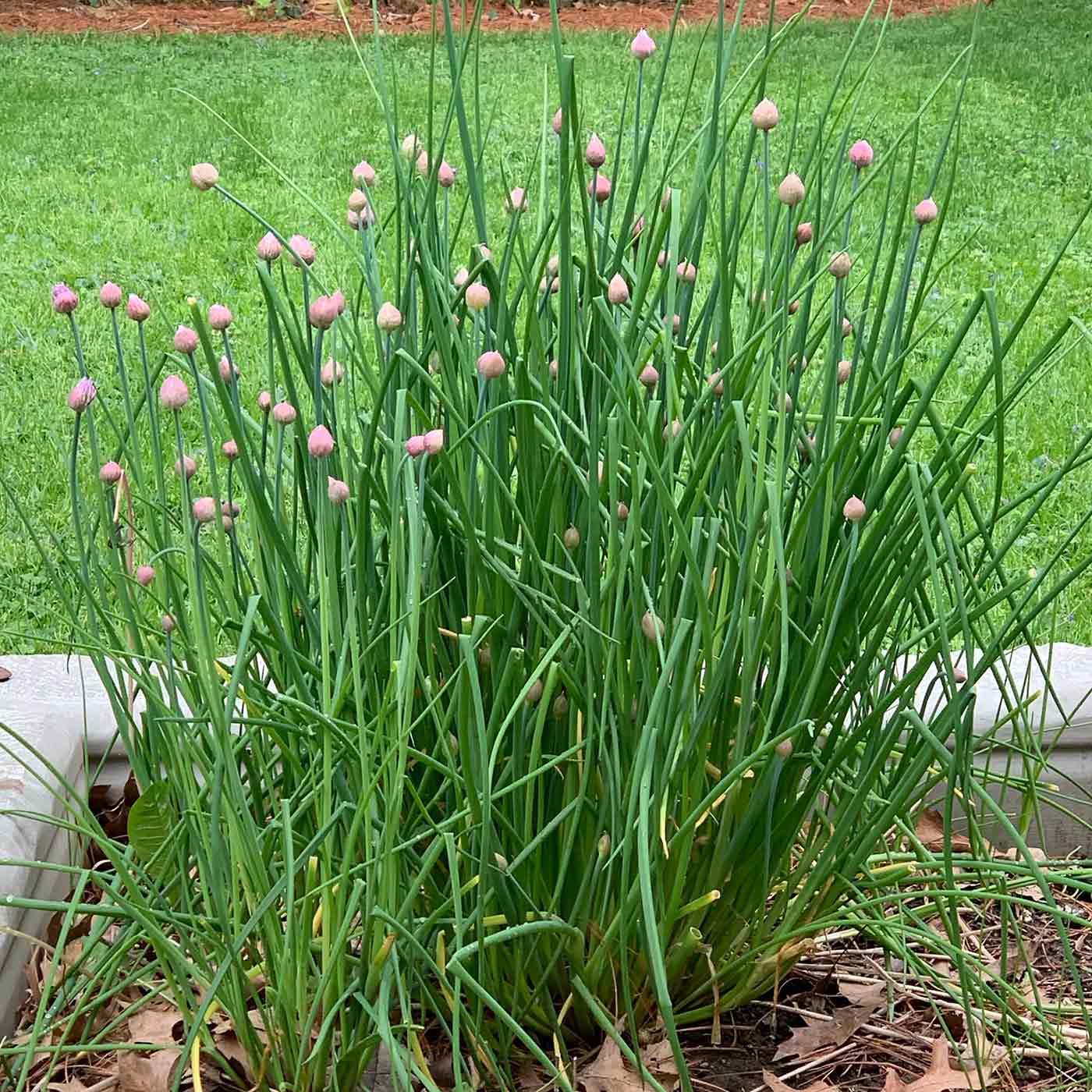
- Nasturtiums: Nasturtiums help to attract beneficial insects, such as ladybugs and lacewings, which prey on pests. They also improve the drainage around tomato plants.

- Borage: Borage helps to attract pollinators, such as bees and butterflies, which help to pollinate tomato flowers. It also improves the flavor of tomatoes.
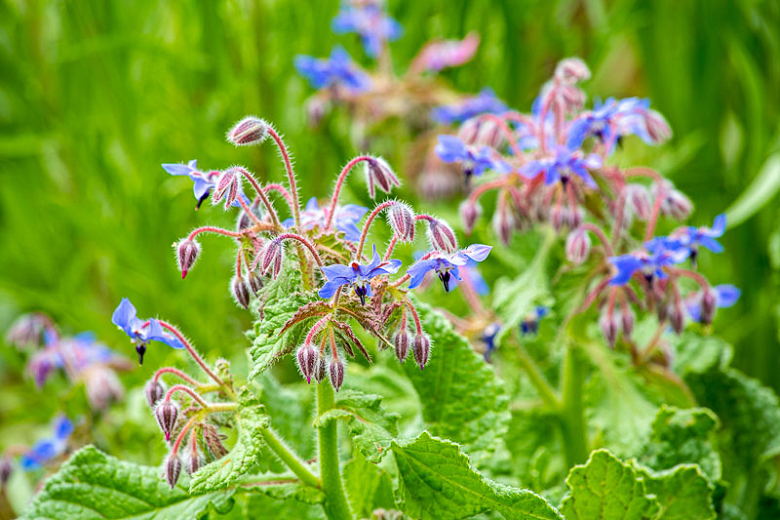
In addition to these plants, there are many other companion plants that can be beneficial for tomatoes. Some other good options include:
- Asparagus: Asparagus helps to improve the drainage around tomato plants.
- Beans: Beans help to fix nitrogen in the soil, which can benefit tomato plants.
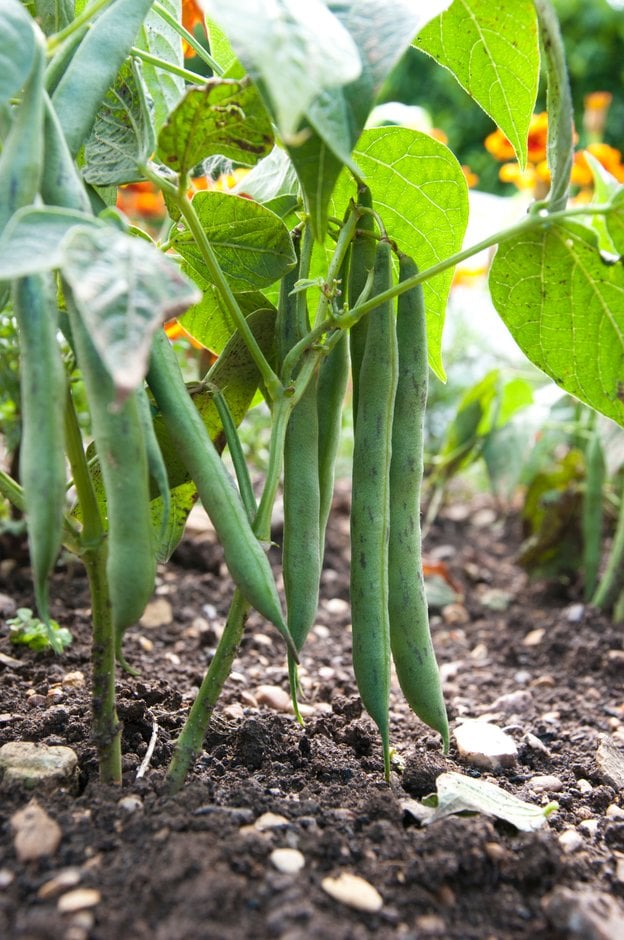-(2).jpg)
- Carrots: Carrots help to repel nematodes, which are root-knot pests that can damage tomato plants.
- Lettuce: Lettuce helps to suppress weeds, which can compete with tomato plants for nutrients and water.
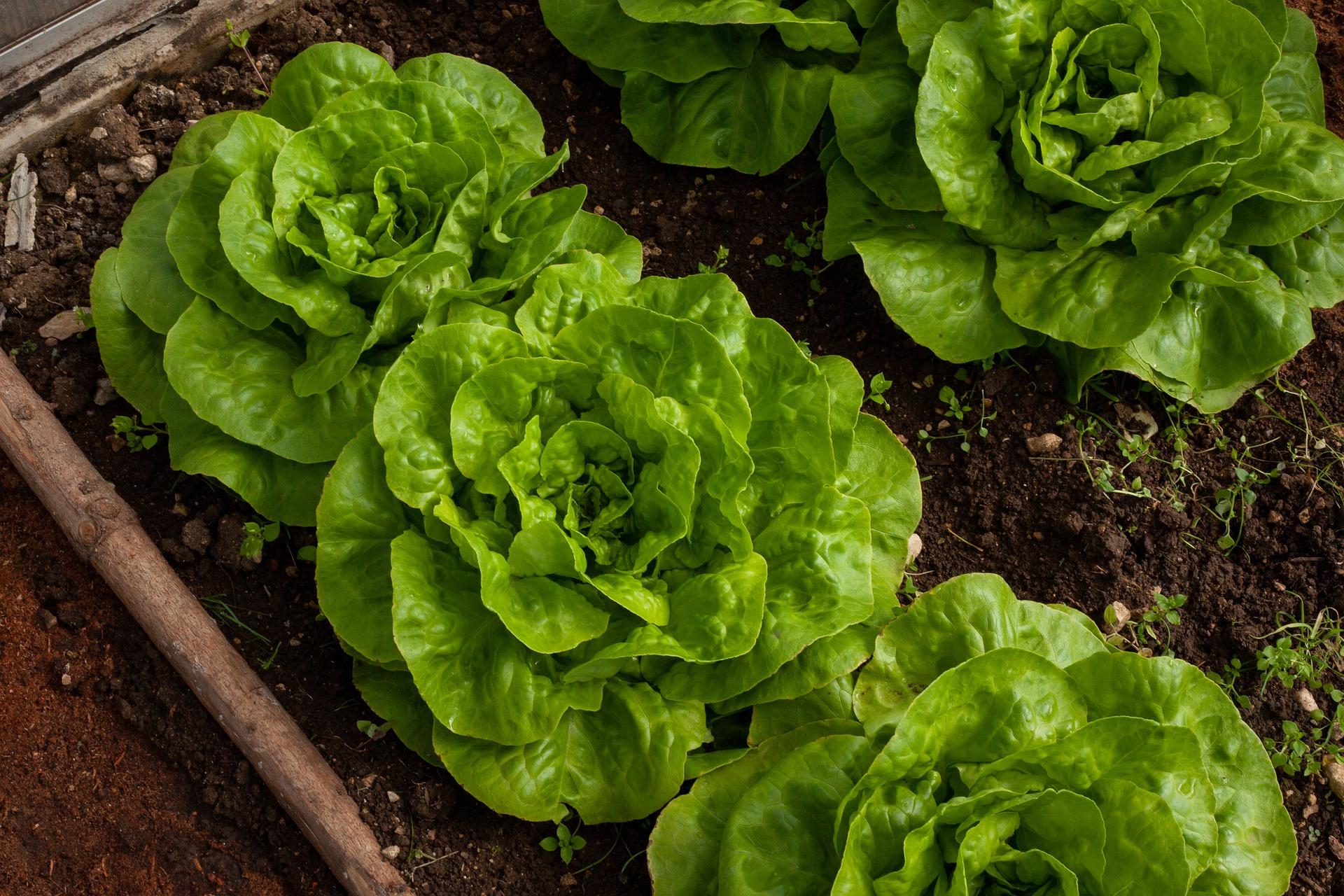
- Peppers: Peppers are closely related to tomatoes, so they can benefit from being planted together. They also help to attract pollinators.
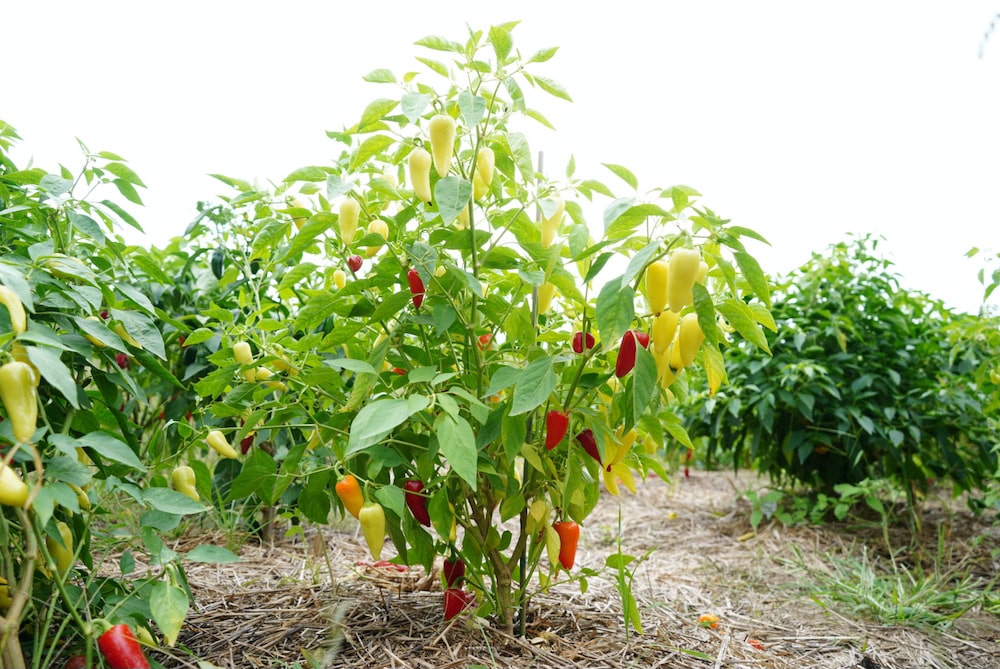
When choosing companion plants for tomatoes, it is important to consider the needs of both plants. For example, tomatoes need full sun and well-drained soil, so companion plants should also have these requirements. It is also important to avoid planting companion plants that compete with tomatoes for nutrients or water.
Companion planting is a great way to improve the health and productivity of your tomato plants. By planting the right companion plants, you can help to repel pests, attract pollinators, improve the drainage around your plants, and even enhance the flavor of your tomatoes.
Tomato Companion Plants in Containers
Growing tomatoes in containers is a great way to enjoy fresh tomatoes even if you don't have a lot of space. But did you know that there are some plants that are especially good companions for tomatoes in containers?
These plants can help to deter pests, attract beneficial insects, and improve the overall health of your tomato plants. Some of the best tomato companion plants for containers include:
- Marigolds: Marigolds have a strong scent that deters pests like aphids and tomato hornworms.
- Basil: Basil is a natural pest repellent and also helps to improve the flavor of tomatoes.
- Chives: Chives repel aphids and other pests, and they also help to improve the drainage of your container soil.
- Onions: Onions repel nematodes, which can damage tomato roots.
- Garlic: Garlic repels pests and also helps to improve the flavor of tomatoes.
If you're looking for more information about tomato companion plants in containers, I recommend visiting Gardenia Inspiration. This website has a comprehensive list of companion plants for tomatoes, as well as tips on how to choose the right container and soil for your plants.
FAQ of tomato companion plants container
Q: What are the best companion plants for tomatoes in containers?
A: Some of the best companion plants for tomatoes in containers include:
- Marigolds: Marigolds have a strong scent that deters pests like aphids, tomato hornworms, and whiteflies. They also help to attract beneficial insects like ladybugs and lacewings.
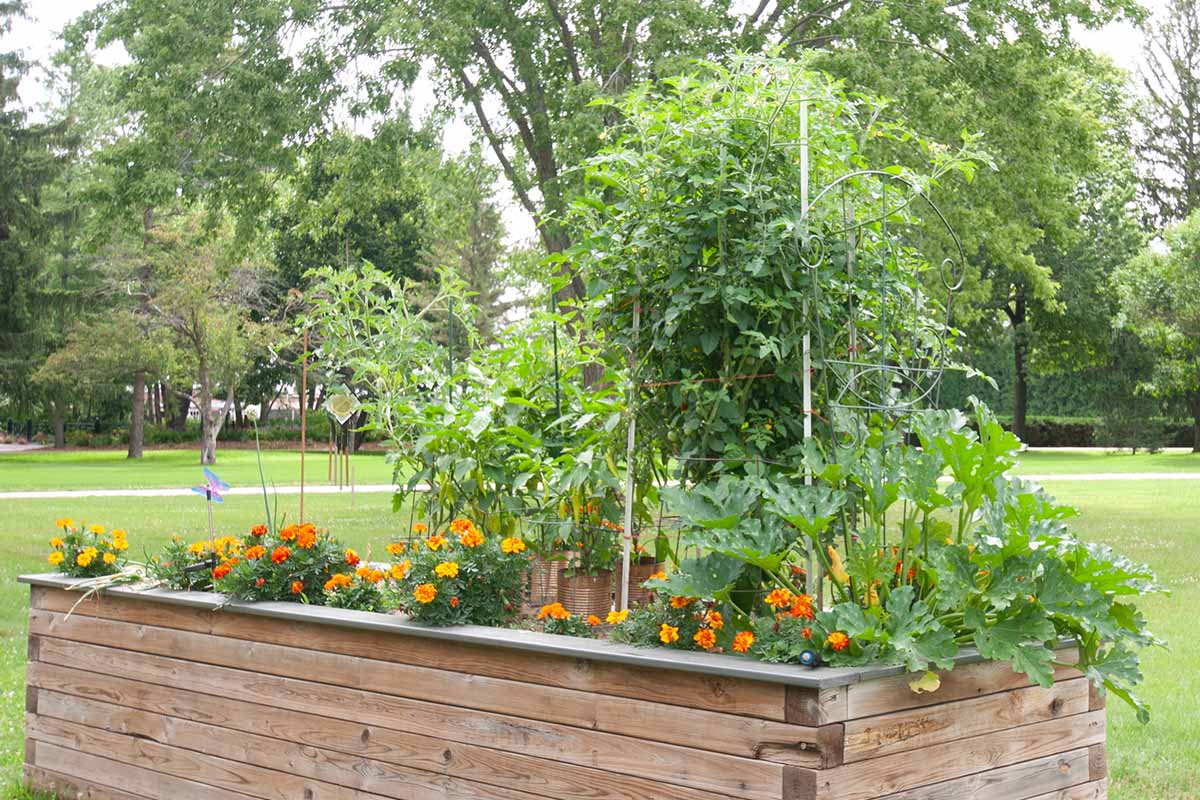
- Basil: Basil is a great companion plant for tomatoes because it helps to improve the flavor of the tomatoes. It also helps to deter pests like mosquitoes and flies.
- Chives: Chives help to repel aphids and other pests. They also help to improve the flavor of tomatoes.
- Onions: Onions help to repel nematodes, which can be a problem for tomatoes. They also help to improve the flavor of tomatoes.
- Garlic: Garlic helps to repel pests like aphids and tomato hornworms. It also helps to improve the flavor of tomatoes.
Q: What are the worst companion plants for tomatoes in containers?
A: Some of the worst companion plants for tomatoes in containers include:
- Eggplant: Eggplant, peppers, and potatoes are all members of the nightshade family, and they can compete with tomatoes for nutrients. They can also share the same pests and diseases.

- Fennel: Fennel has a strong odor that can actually stunt the growth of tomatoes.
- Broccoli: Broccoli and other brassicas can compete with tomatoes for nutrients.
Q: What size container do I need for tomatoes in containers?
A: The size of the container you need for tomatoes in containers will depend on the size of the tomato plant. Determinate varieties of tomatoes can be grown in smaller containers, while indeterminate varieties will need larger containers.
A good rule of thumb is to use a container that is at least 10 gallons for determinate tomatoes and 20 gallons for indeterminate tomatoes. The container should also have drainage holes to prevent the roots from rotting.
Q: How do I plant tomatoes in containers?
A: To plant tomatoes in containers, you will need:
- A potting mix that is specifically designed for tomatoes
- A container that is at least 10 gallons for determinate tomatoes and 20 gallons for indeterminate tomatoes
- Drainage holes in the bottom of the container
- A tomato plant
- A stake or cage to support the tomato plant
To plant the tomato plant, fill the container with potting mix and make a hole in the center that is slightly larger than the root ball of the tomato plant. Gently place the tomato plant in the hole and backfill with potting mix. Water the plant thoroughly and stake or cage it to support it as it grows.
Q: How do I care for tomatoes in containers?
A: Tomatoes in containers need regular watering, fertilizing, and pest control. You will also need to prune the plants to remove any dead or diseased leaves.
Here are some tips for caring for tomatoes in containers:
- Water the plants deeply and regularly, especially during hot weather.
- Fertilize the plants every 2-4 weeks with a balanced fertilizer.
- Monitor the plants for pests and diseases and treat them as needed.
- Prune the plants to remove any dead or diseased leaves.
Image of tomato companion plants container
- Image 1: A container garden with tomatoes, basil, and chives.
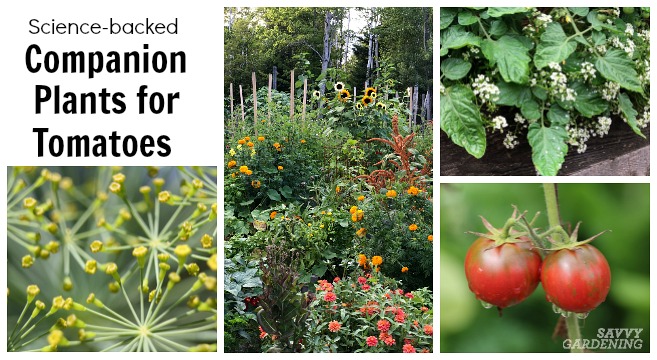
- Image 2: A container garden with tomatoes, marigolds, and nasturtiums.

- Image 3: A container garden with tomatoes, cucumbers, and okra.
- Image 4: A container garden with tomatoes, carrots, and lettuce.

- Image 5: A container garden with tomatoes, peppers, and eggplant.
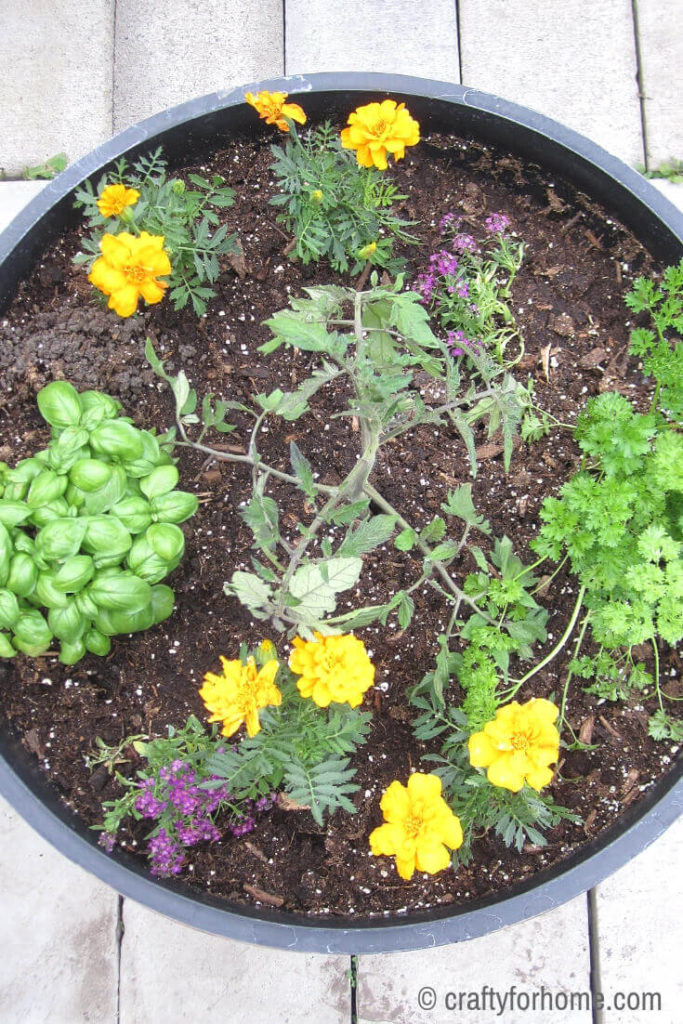
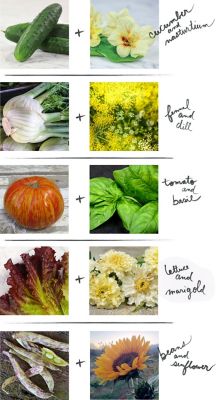
Post a Comment for "Grow Bigger Better Tomatoes With The Right Companion Plants"